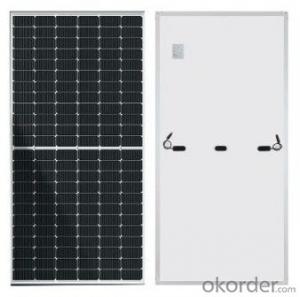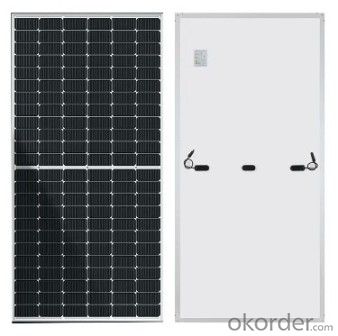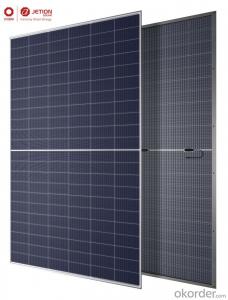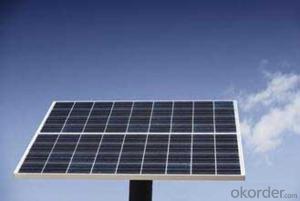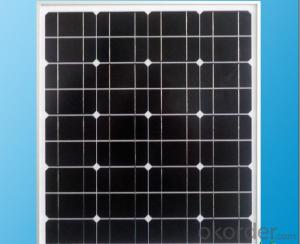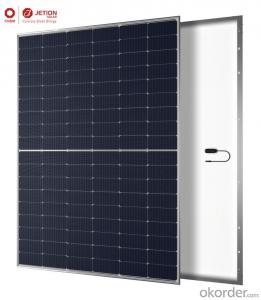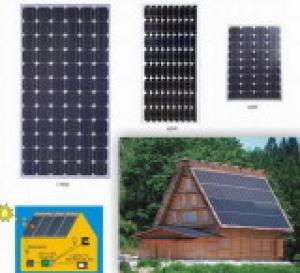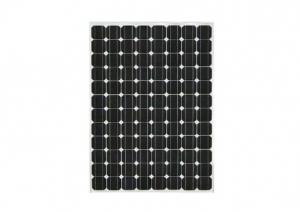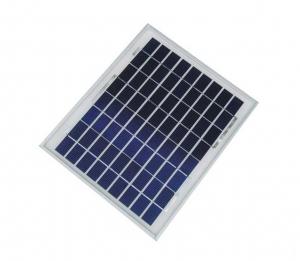Long Beach Solar Panels - 25 Years Warranty Monocrystalline 132 Cells 650W 670WpV Solar Panel NCQ
- Loading Port:
- SHANGHAI
- Payment Terms:
- TT OR LC
- Min Order Qty:
- 100 pc
- Supply Capability:
- 500 pc/month
OKorder Service Pledge
OKorder Financial Service
You Might Also Like
Specification

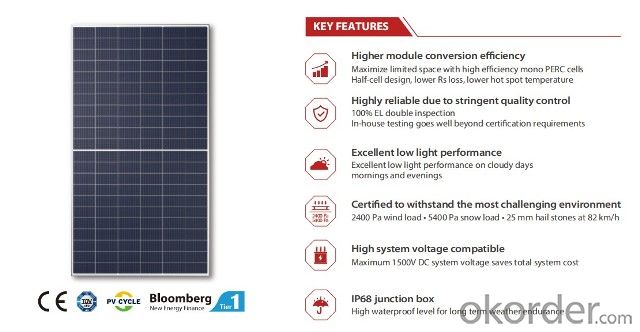
ELECTRICAL DATA*STC
TYPE(Tolerance:0-+5W) | JT650 SFk | JT655 SFk | JT660 SFk | JT665 SFk | JT670 SFk |
Maximum Power Pmax (W) | 650 | 655 | 660 | 665 | 670 |
Maximum Power Voltage Vmp (V) | 37.40 | 37.60 | 37.80 | 38.00 | 38.20 |
Maximum Power Current Imp (A) | 17.38 | 17.43 | 17.47 | 17.50 | 17.54 |
Open Circuit Voltage Voc (V) | 45.00 | 45.20 | 45.40 | 45.60 | 45.80 |
Short Circuit Current Isc (A) | 18.31 | 18.36 | 18.40 | 18.43 | 18.47 |
Module Effciency (%) | 20.9% | 21.1% | 21.2% | 21.4% | 21.6% |
STC: Irradiance 1000W/m², Cell Temperature 25°C, Air Mass AM1.5
Measuring tolerance: :±3%
ELECTRICAL DATA *NMOT
Maximum Power Pmax (W) | 492.10 | 495.97 | 499.85 | 504.10 | 508.00 |
Maximum Power Voltage Vmp (V) | 35.0 | 35.2 | 35.4 | 35.6 | 35.8 |
Maximum Power Current Imp (A | 14.06 | 14.09 | 14.12 | 14.16 | 14.19 |
Open Circuit Voltage Voc (V) | 42.3 | 42.5 | 42.7 | 42.9 | 43.1 |
Short Circuit Current Isc (A) | 14.83 | 14.86 | 14.89 | 14.93 | 14.96 |
NMOT: lrradiance at 800W/m², Ambient Temperature 20℃, Wind Speed 1m/s
MECHANICAL DATA
Solar Cell Type | Mono 210×105 mm(8.3×4.1 inches) |
Number of Cells | 132 [2 x (11 x 6) ] |
Module Dimensions | 2384×1303×35 mm(93.9×51.3×1.4 inches) |
Weight | 33.6 kg(74.1 lb) |
Front Cover | 3.2 mm (0.13 inches), high transmission, AR coated tempered glass |
Back Cover | White composite film |
Frame | Silver, anodized aluminium alloy |
J-Box | ≥IP68 |
Cable | 4.0 mm² solar cable, 300 mm(11.8 inches) |
Number of diodes | 3 |
QUALIFICATIONS & CERTIFICATES
v IEC 61215,IEC 61730, IEC 62941
v ISO 9001: Quality Management System
v ISO 14001: Environment Management System
v ISO 45001: Occupational Health and Safety
JETION SOLAR
As a member of CNBM - a Fortune 500 company.
Jetion Solar provides various product solutions,global EPC service and financing.
lts standard and high-efficiency product offerings are among the most powerful and cost-effective in the industry.
Till now, Jetion Solar has cumulatively more than 10 GW module shipment and 1 GW global EPC track records.
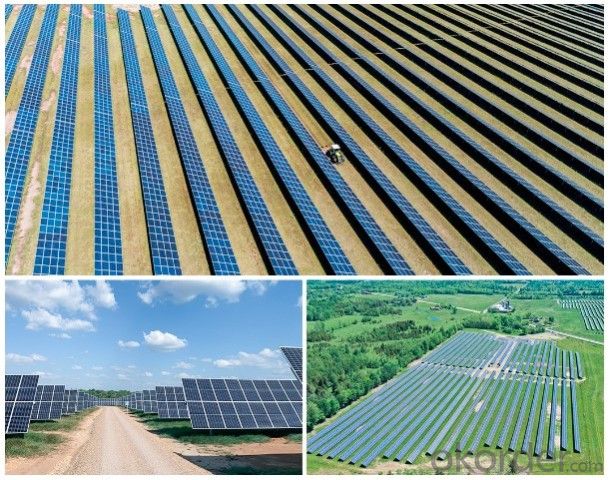
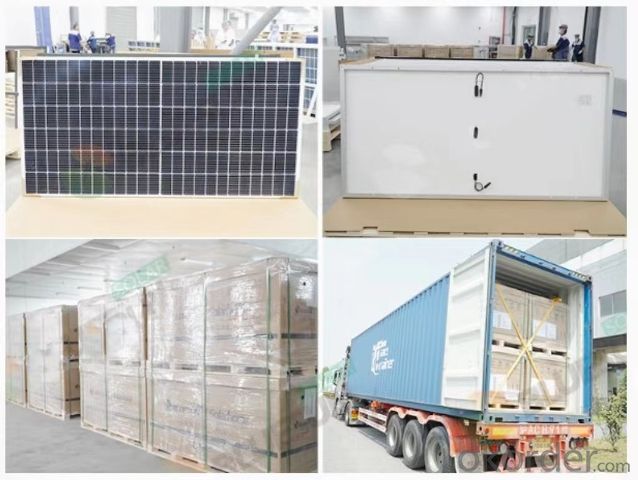
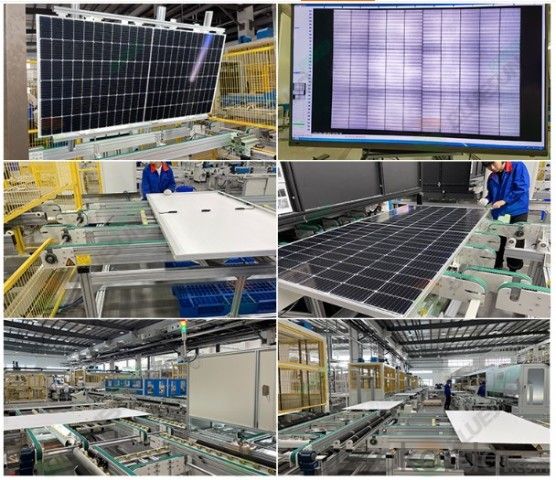
- Q: I'm thinking of these solar panels that people have on their rooftops in domestic properties. I suppose I mean after how long do you break even with respect to just carrying on without them and getting you electricity from the utilities companies? Or answer in any way you think is pertinent. The more info the better.
- Solar Panel Break Even
- Q: What is the difference between solar panels and light panels?
- Silicon solar cells are divided into monocrystalline silicon, polysilicon, amorphous silicon, silicon thin film solar cells and several. At present, the world's most widely used solar cells are silicon solar cells, in large-scale applications and industrial production is still dominated by the penetration rate of 90% or more, monocrystalline silicon solar cell photoelectric conversion efficiency of the highest technology is also the most mature.
- Q: I don't have a regulator connected as they are a little expensive for a pensioner, If I join the panels into line to the battery bank from the roof should that be OK.?
- You can do this, but it isn't the best way to go. There is no problem with joining the solar panels. There are two ways to do this, in series and in parallel. A series combination will add the voltages that each panel is producing together, but not the amperages. For example, if five panels are producing 6V at 300mA each, the end result will be 30V at 300mA for a series array. A parallel combination combines the amperages of all the panels, but not the voltages. So, in our earlier example, five panels at 6V and 300mA would provide 6V and 500mA (.5A) if wired in parallel. Series-parallel combinations are also possible, giving some of the benefits of each method. This would probably better understood by doing a quick search on Google Images for series, parallel, and series-parallel. You CAN connect the solar panels directly to your battery bank with no regulator. Unfortunately, without a regulator, the connection is two-way. When the sun is out and the solar panels are producing more voltage than the batteries, the batteries will charge. However, when the panels are producing less voltage than the batteries, the batteries will instead send power into the solar panels, which will be dissipated and wasted. The panels may charge your batteries during the day, but they will discharge them at night.
- Q: Online stores selling solar photo-voltaic generation kits gives specs indicating the power generation capability of the system. For example, Solar World Grid-Tie Solar Electric System with 245W Panels PV Powered PVP2000 Inverter, .2 to 2.4 kW. This seems to indicate that the system can generate .2 to 2.4 kW. Is that per day? Per month? I'm trying to calculate the return on investment, but can't because I don't know how much power a system such as this will generate in a month.
- There okorder From panels, to inverters, to controllers, etc. Just look in their alternative energy section. If you happen to have aboutt 30,000 dollars to drop on the installation and you plan to live their more than 0 years, talk to your power company and they can set you up completely.
- Q: Can solar panels be installed on a university campus or educational facility?
- Yes, solar panels can certainly be installed on a university campus or educational facility. In fact, many educational institutions have already embraced solar energy as a sustainable and cost-effective solution. Installing solar panels can help universities reduce their carbon footprint, save money on energy costs, and serve as an educational tool for students to learn about renewable energy.
- Q: Can solar panels be installed on a church or place of worship?
- Yes, solar panels can be installed on a church or place of worship. Many religious organizations have taken steps to embrace renewable energy and reduce their carbon footprint by installing solar panels on their rooftops or open spaces. Installing solar panels not only helps to generate clean and sustainable electricity but also serves as a visible symbol of the organization's commitment to environmental stewardship.
- Q: My family and I are looking into solar panels for our home. But I'm unsure how it would be priced. This month our home used ,623 kwh. The solar panel company said we should expect $6-$9 per watt used. What would that put as at?
- With out doing the math,, I think I would ask the solar panel company to explain it to you as they are trying to sell it to you. And see if you have some sort of warranty of savings. Make them work for the sale!!
- Q: What is the working principle of solar panels?
- the inorganic salts such as gallium arsenide Ⅲ-Ⅴ compounds, cadmium sulfide, copper indium selenium and other multi-compounds as the material of the battery;
- Q: Can solar panels be installed on museums or cultural centers?
- Yes, solar panels can be installed on museums or cultural centers. In fact, many museums and cultural centers are adopting solar energy systems to reduce their carbon footprint and save on electricity costs. Solar panels can be installed on rooftops, parking lots, or even as shade structures, providing clean and renewable energy for the facility's operations.
- Q: Hey was looking at a 5 watt 2 volt solar panel and was wondering if it'd be enough to power a regular light bulb. Also need to power a 5volt 6.5 amp pump for at most a minute at a time. So basically if I had this panel would I be able to plug a lamp into it and have it light for 5+ hours at a time with the possibility of running the pump? If not what size panel would I need?
- The specifications you give say the solar panel produces 5 watts at 2 volts (DC) so that isn't enough voltage to power an ordinary (20-volt) light bulb. You could get 0 of these panels and connect them in series so they put out a total of 20 volts and the total power available would be 50 watts. The panels would light the bulb that way, provided the bulb isn't over 50 watts and you can afford the panels. A panel does provide enough power for a 2-volt car light bulb less than 5 watts. However, the maximum current you can get from these panels is .25 amperes (5 watts divided by 2 volts = .25 A.) This isn't enough power to run your pump which takes 6.5 amperes - at 20 volts, that would be 780 watts. Another thing to check is the pump motor; many electric motors are designed to run on AC only and will be damaged if you try to run DC through them. Remember solar panels produce DC so the raw output from a panel will not work on an AC motor.
Send your message to us
Long Beach Solar Panels - 25 Years Warranty Monocrystalline 132 Cells 650W 670WpV Solar Panel NCQ
- Loading Port:
- SHANGHAI
- Payment Terms:
- TT OR LC
- Min Order Qty:
- 100 pc
- Supply Capability:
- 500 pc/month
OKorder Service Pledge
OKorder Financial Service
Similar products
Hot products
Hot Searches
Related keywords
